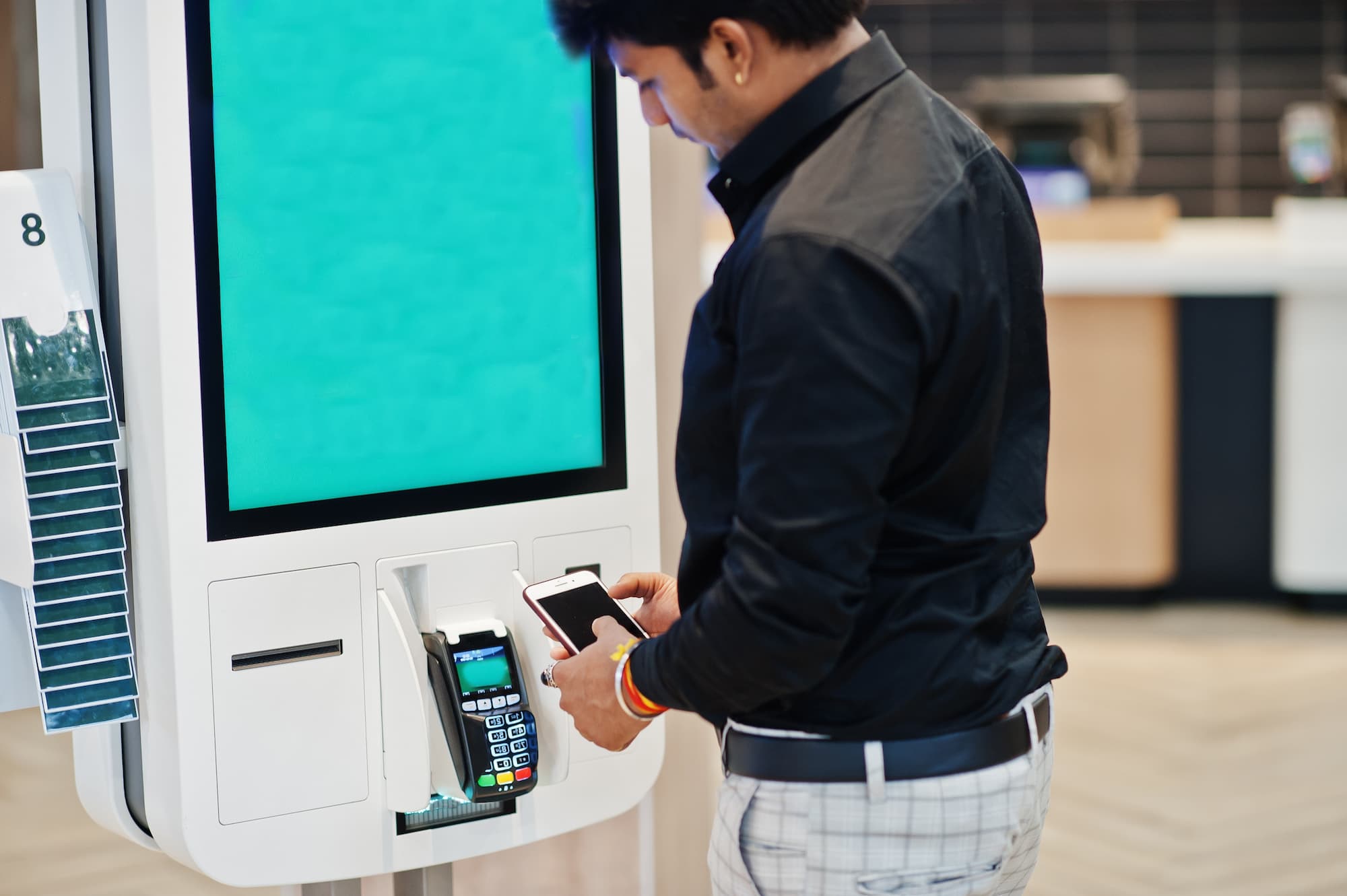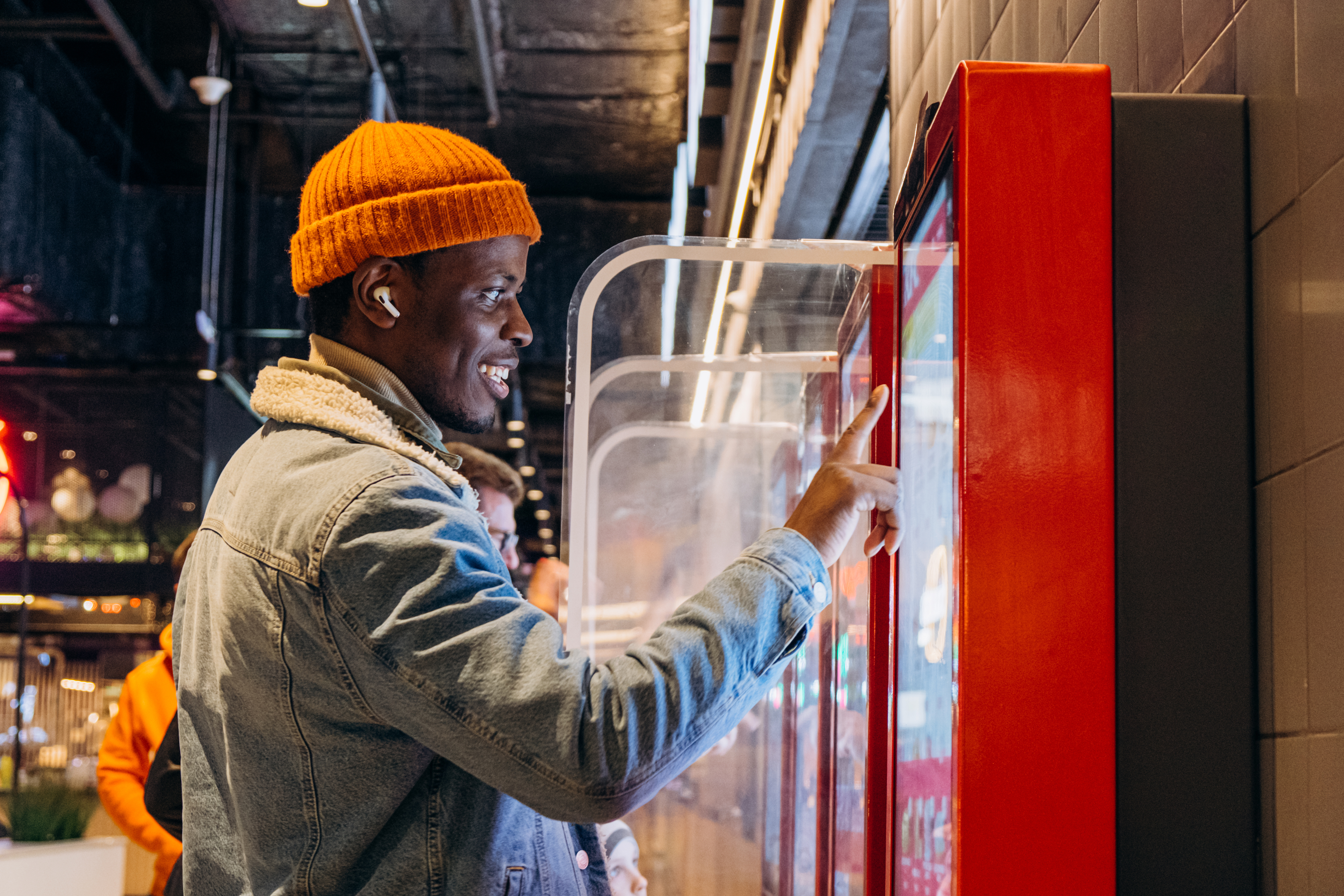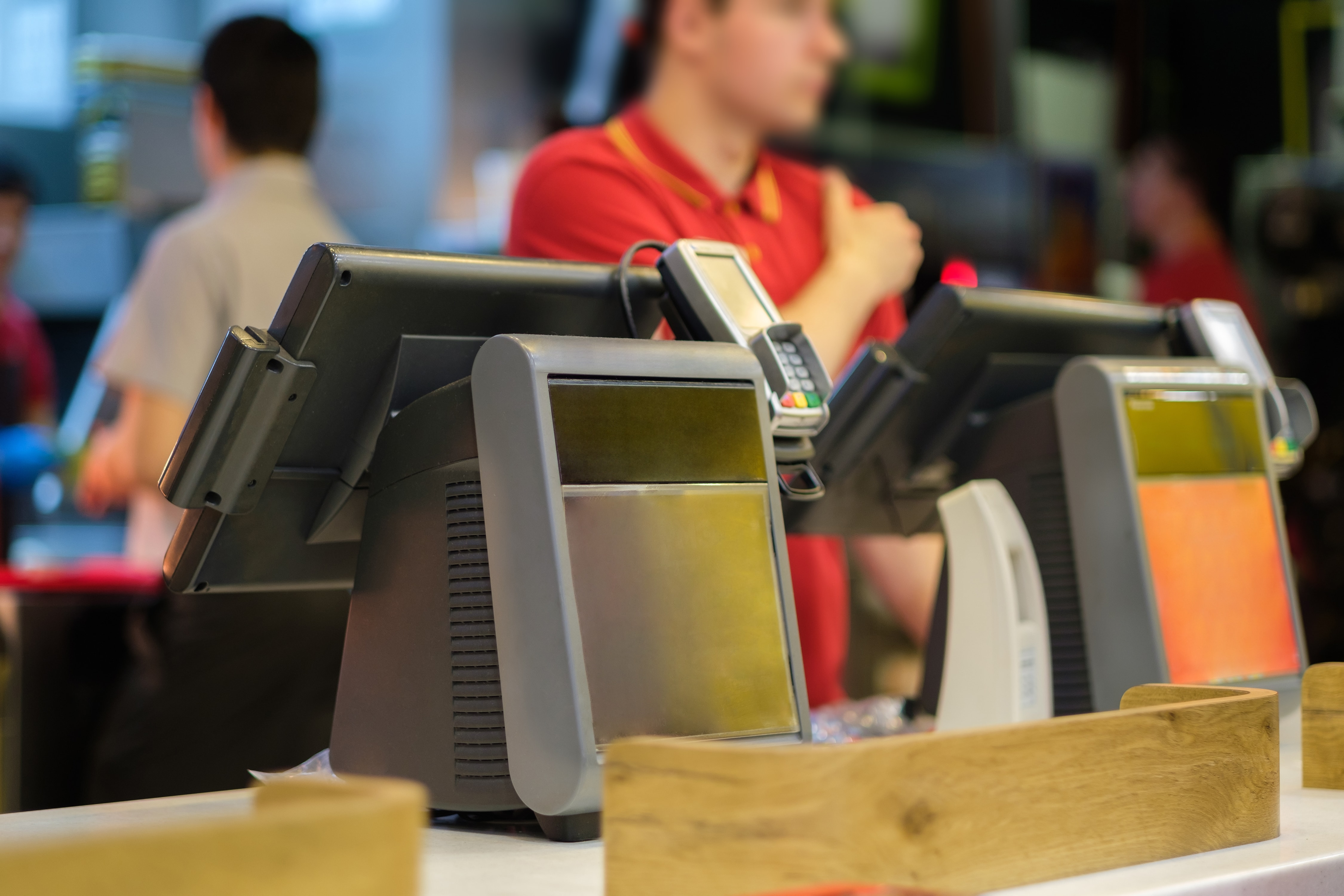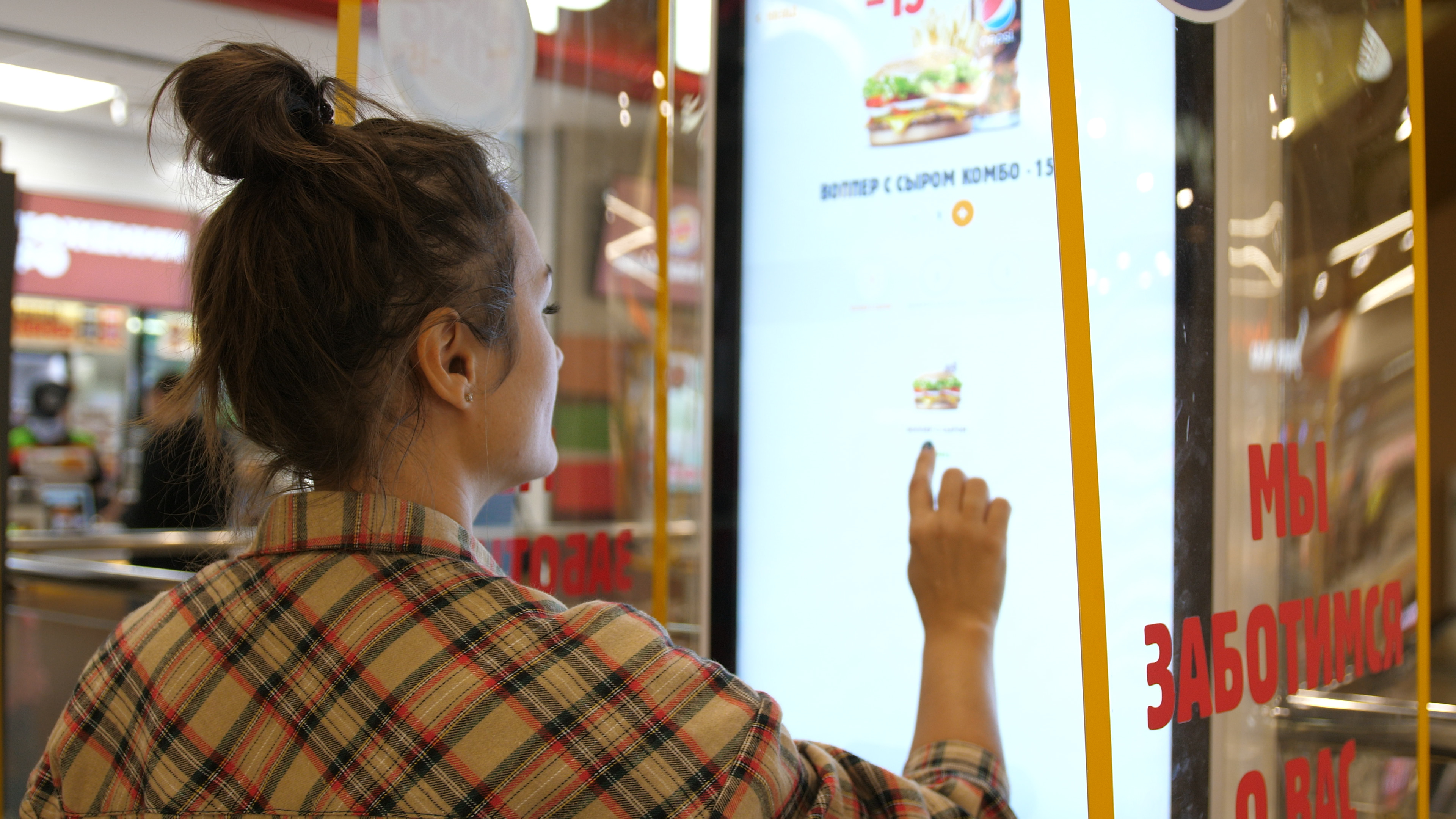Self-service kiosks have become incredibly popular in recent years, with the global market currently expected to expand at a compound annual growth rate (CAGR) of 6.5% from 2022 to 2028. At the height of the COVID-19 pandemic, however, some quick service restaurant (QSR) operators and managed service providers (MSPs) were uncertain about the future of this touch-based technology.
Many consumers became more conscious about touching the same screens that strangers have touched. As a result, some restaurants stopped installing self-service kiosks altogether. A Deloitte report from the time suggested that adopting this technology could slow, if not reverse altogether.
Two years later, did adoption waver, or is this QSR technology here to stay? Here’s what we think MSPs and tech providers need to know.
Predicting the Future of Self-Service Kiosks
In the 2021 version of this blog, Kinettix spoke on our predictions for the future of self-service kiosk technology amid a public health emergency.
Before we review the current state of the industry, let’s revisit our original assumptions:
While no one can truly predict the future, we can certainly make an educated guess about what might happen [to self-service kiosks]. While adoption may slow temporarily, we believe kiosks will continue to be a valuable investment.
Customers appreciate the ability to place their orders independently, and restaurants can use the technology to suggest additional items or otherwise market to customers while placing their orders. However, the industry may move away from touch-based models.
For restaurants that keep self-service kiosks in place, they’ll likely ensure the screens are safe for their customers. They might install more kiosks to help spread people out more, add plastic barriers between the kiosks and the people ordering at them, or even establish a practice of wiping down the kiosk between each use.
There are even some innovative kiosks now that have a self-cleaning setting. Within 30 seconds after the guest walks away, the kiosk will notice that there’s no one there and will begin the disinfection process. If the guest returns, it will automatically stop the process and resume it once they’ve stepped away again. Many self-service kiosks use light technology to kill germs without using chemicals, which is also important in a food preparation environment.
Some quick service restaurants may begin to install wipe holders and sanitizing wipes on the sides of kiosks and encourage guests to clean the device before or after they use it. While this does rely on customers to do their part, many people are willing to take steps like this to protect themselves and other guests.
Finally, some restaurants will continue to move toward using mobile apps or online ordering. Guests can have the same non-contact experience without using a communal device. In many cases, they can even order before reaching the restaurant. This can decrease their wait time and improve their general experience. Quick service restaurants can also use apps to create loyalty programs and reward customers for their orders.
Were Our Predictions Correct?
A lot has changed since we last spoke on self-service kiosks. For one, the world started to regain a sense of normalcy after years of lockdowns and quarantines. On the other hand, supply chain issues and other complications created unprecedented challenges, including rising inflation and “the Great Resignation” of restaurant staff.
Together, these factors created a ‘perfect storm’ for self-service technology adoption.
Despite initial concerns, many discovered that strategically placing self-service kiosks around a restaurant can help customers spread out and avoid forming large lines. Kiosks also eliminate the need for consumers to interact with staff members when placing an order, minimizing face-to-face interactions.
There are other ways to use self-service kiosks in restaurants besides processing in-store orders. For example, some restaurants are using them to facilitate curbside pickup transactions. Patrons can enter a code via a touchscreen to unlock a compartment that contains their order. This can eliminate the need for interaction with staff, and it keeps other customers from touching orders that aren’t theirs to try to find their name.
The adoption of self-service kiosks has been driven not only by their utility in quick service restaurants but also by consumer preferences. And if there’s one thing operators, MSPs, and even QSR technology providers can agree on, it’s that the customer comes first.
A recent Deloitte study found 64% of consumers prefer to order digitally on-premises at fast food establishments. Likewise, 45% of consumers surveyed by PYMNTS/Paytronix in 2021 said the ability to order online would encourage them to spend more on food.
With more customers wanting self-service options, restaurants will need stronger Wi-Fi and additional accessibility points. That means they also need reliable QSR technology solutions.
What’s Next for QSR Technology
It’s hard to guess where self-service kiosk adoption will be in another five or even ten years. But, there’s one thing we do know for sure: MSPs and restaurant tech providers need the right resources to support their QSR clients and ensure service delivery success.
By outsourcing your self-service kiosk installations and other QSR projects to a restaurant IT solutions partner like Kinettix, you can quickly vet, hire, and dispatch qualified technicians anytime, anywhere. If you already have a robust talent pool, you can rely on our project coordinators to manage your techs through our on-demand coordination services.
We are a skilled restaurant technology implementer that acts as an extension of your team, delivering repeatable outcomes for quick service restaurants anytime, anywhere. We have years of experience helping managed service providers and QSR technology providers scale service delivery and meet client demand. Contact us to learn more.
Editor’s Note: This blog was originally published on March 31, 2021, but has been updated and republished with more current information.






